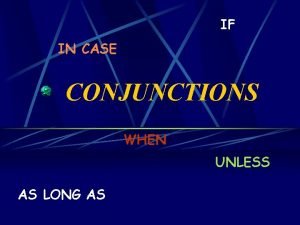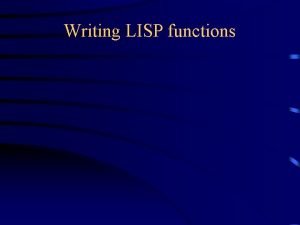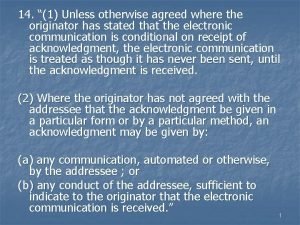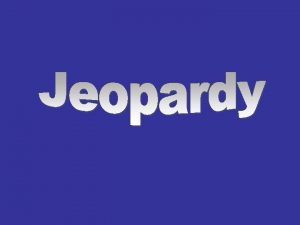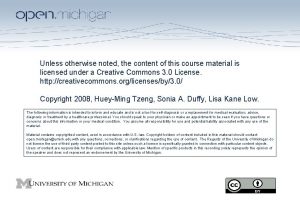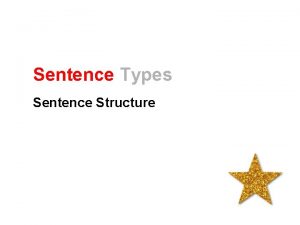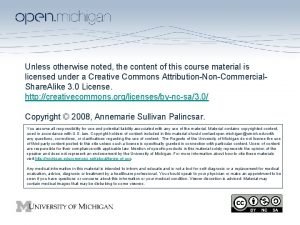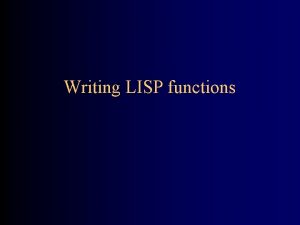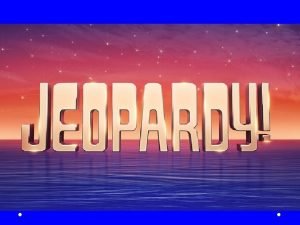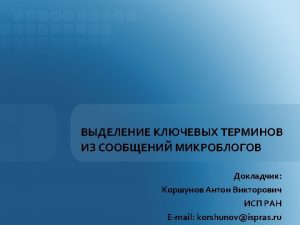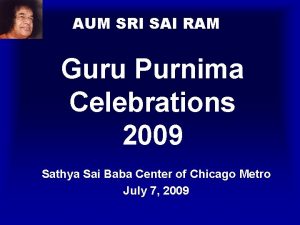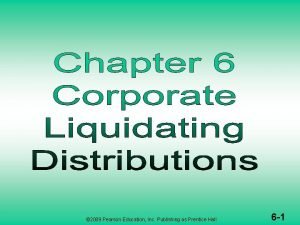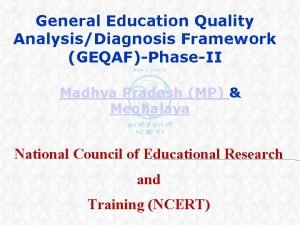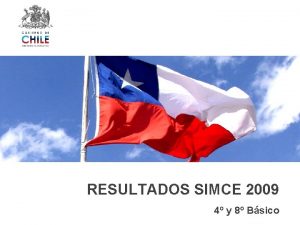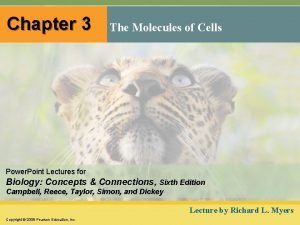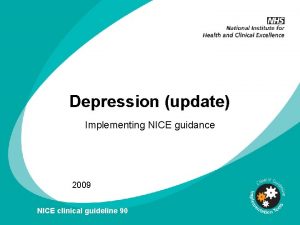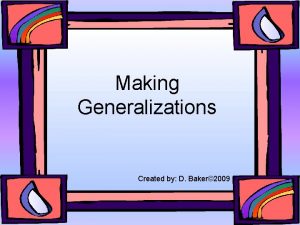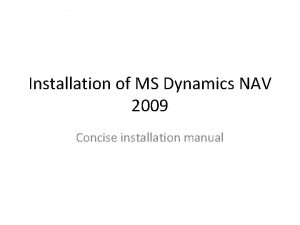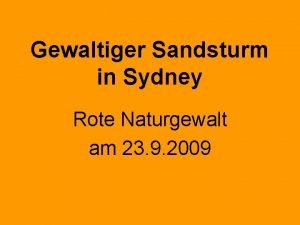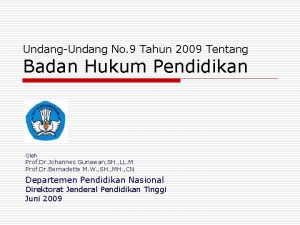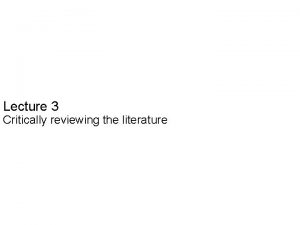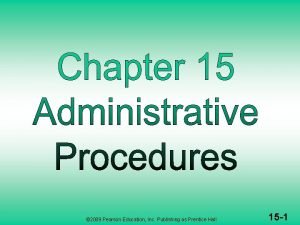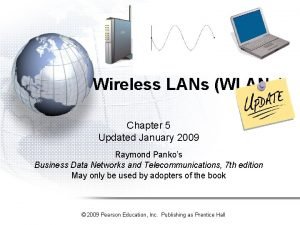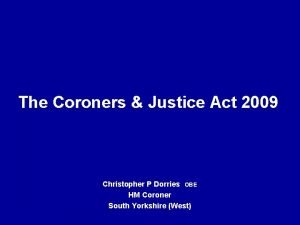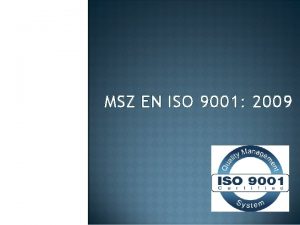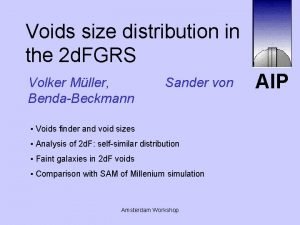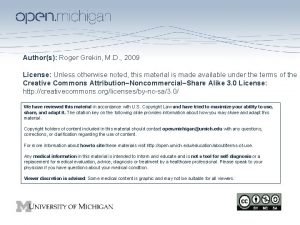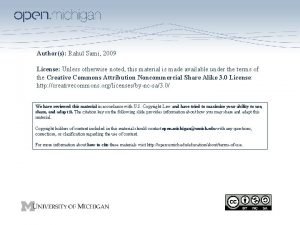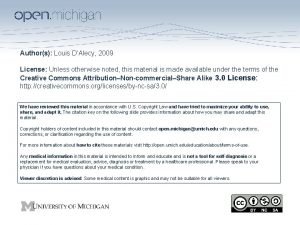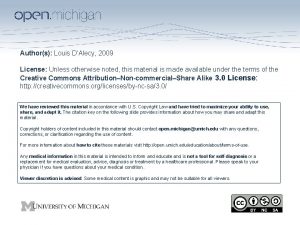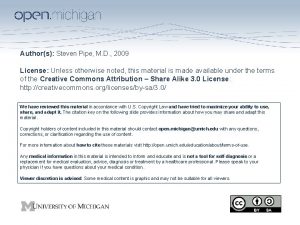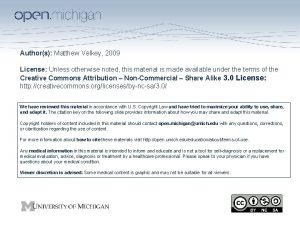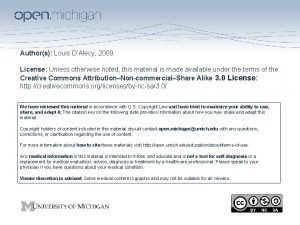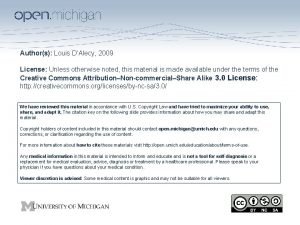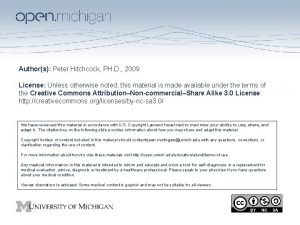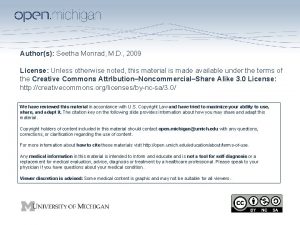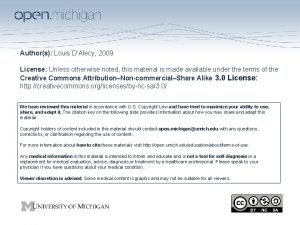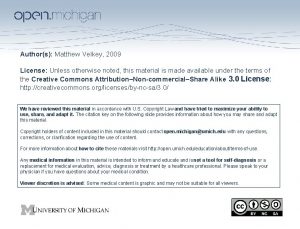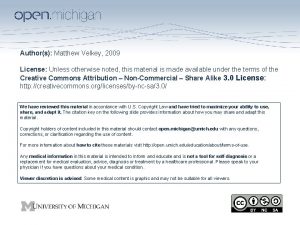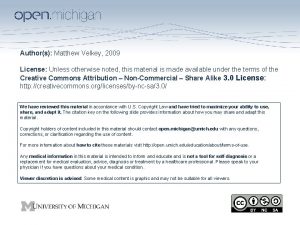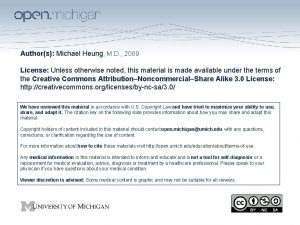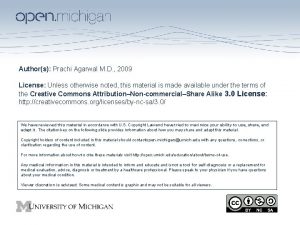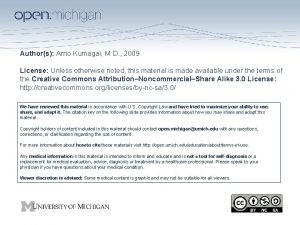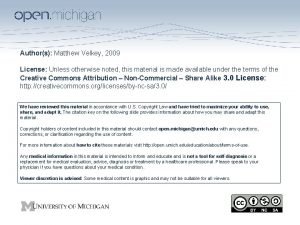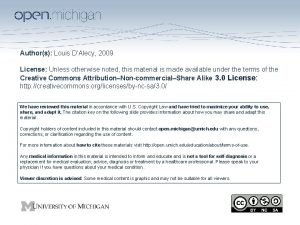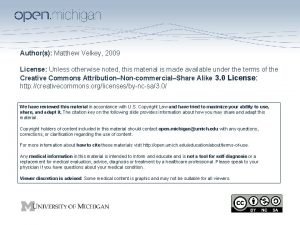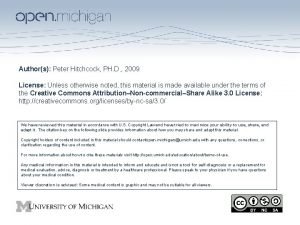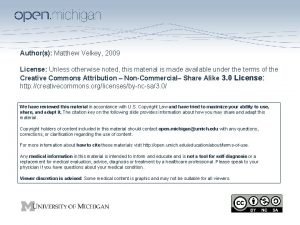Authors Roger Grekin M D 2009 License Unless





















































- Slides: 53

Author(s): Roger Grekin, M. D. , 2009 License: Unless otherwise noted, this material is made available under the terms of the Creative Commons Attribution–Noncommercial–Share Alike 3. 0 License: http: //creativecommons. org/licenses/by-nc-sa/3. 0/ We have reviewed this material in accordance with U. S. Copyright Law and have tried to maximize your ability to use, share, and adapt it. The citation key on the following slide provides information about how you may share and adapt this material. Copyright holders of content included in this material should contact open. michigan@umich. edu with any questions, corrections, or clarification regarding the use of content. For more information about how to cite these materials visit http: //open. umich. edu/education/about/terms-of-use. Any medical information in this material is intended to inform and educate and is not a tool for self-diagnosis or a replacement for medical evaluation, advice, diagnosis or treatment by a healthcare professional. Please speak to your physician if you have questions about your medical condition. Viewer discretion is advised: Some medical content is graphic and may not be suitable for all viewers.

Citation Key for more information see: http: //open. umich. edu/wiki/Citation. Policy Use + Share + Adapt { Content the copyright holder, author, or law permits you to use, share and adapt. } Public Domain – Government: Works that are produced by the U. S. Government. (17 USC § 105) Public Domain – Expired: Works that are no longer protected due to an expired copyright term. Public Domain – Self Dedicated: Works that a copyright holder has dedicated to the public domain. Creative Commons – Zero Waiver Creative Commons – Attribution License Creative Commons – Attribution Share Alike License Creative Commons – Attribution Noncommercial Share Alike License GNU – Free Documentation License Make Your Own Assessment { Content Open. Michigan believes can be used, shared, and adapted because it is ineligible for copyright. } Public Domain – Ineligible: Works that are ineligible for copyright protection in the U. S. (17 USC § 102(b)) *laws in your jurisdiction may differ { Content Open. Michigan has used under a Fair Use determination. } Fair Use: Use of works that is determined to be Fair consistent with the U. S. Copyright Act. (17 USC § 107) *laws in your jurisdiction may differ Our determination DOES NOT mean that all uses of this 3 rd-party content are Fair Uses and we DO NOT guarantee that your use of the content is Fair. To use this content you should do your own independent analysis to determine whether or not your use will be Fair.

Metabolic Bone Disease R. Grekin M 2 Musculoskeletal Fall 2008

BONE STRUCTURE • Extracellular matrix – Osteoid (type 1 collagen) – Mineral crystals • Bone architecture – Cortical bone – Trabecular (cancellous) bone

Source Undetermined

OSTEOBLASTS • Arise from connective tissue progenitors • Produce extracellular matrix proteins: type 1 collagen and osteocalcin • Responsible for mineralization: alkaline phosphatase • Stimulated by growth factors: TGF-ß, IGF-1

OSTEOCLASTS • Multinuclear cells arising from hematopoietic precursors • Contact with bone at ruffled border: acid environment and lysosomal enzymes • Activity stimulated by IL-1, IL-6 and TNF

Source Undetermined

Source Undetermined

BONE REMODELING • Begins with osteoclastic activity (7 -10 days) • Followed by osteoblastic bone reformation (3 months) • Mechanical loading is an important stimulus • Immobilization increases resorption and blocks formation

Source Undetermined

OSTEOPOROSIS The clinical syndrome caused by a decrease in bone mass. The remaining bone is histologically normal

Source Undetermined

OSTEOPOROSIS: ETIOLOGY • Positive family history, thin body habitus, poor nutrition, Caucasian and Asian race, fair skin and cigarette smoking all predict increased risk • Glucocorticoids decrease bone formation and induce hypogonadism

OSTEOPOROSIS: CLINICAL MANIFESTATIONS • Early osteoporosis is asymptomatic • As skeletal integrity declines, fractures occur, often with minimal trauma • Vertebral compression fractures are most common, hip and wrist fractures also are major problems • End stage disease associated with marked dorsal kyphosis

Osteoporosis: A Significant Public Health Problem Onset and Advanced Osteoporotic Patients

Source Undetermined

Source Undetermined

Source Undetermined

OSTEOPOROSIS: INCIDENCE • 40% of 50 year old Caucasian and Asian women will have an osteoporotic fracture during their lifetime • 13% of men and Black women will have such a fracture • 1/3 of these fractures will be hip fractures, a condition associated with 5 -20% mortality

OSTEOPOROSIS: DIAGNOSIS • Plain films provide very poor assessment of bone density • Density best measured with bone densitometry (DEXA) measurements • Criteria for diagnosis is bone density more than 2. 5 standard deviations below the mean for young normals

BONE MARKERS • Osteoblast: Alkaline phosphatase and osteocalcin • Osteoclast: Pyridinoline crosslinks and Ntelopeptide

CAUSES OF OSTEOPENIA • Hypogonadism, both in men and women • Cushing's syndrome • Hyperparathyroidism • Hyperthyroidism • Osteomalacia • Multiple myeloma

OSTEOPOROSIS: PREVENTION • Adequate calcium intake in susceptible individuals • Avoid hypogonadism • Weight bearing exercise

OSTEOPOROSIS: TREATMENT • Fall prevention • Calcium supplementation • Vitamin D

OSTEOPOROSIS: TREATMENT • Gonadal steroid replacement – Major, well established effects to decrease osteoclastic activity – Long term therapy increases bone mass and decreases fracture risk

OSTEOPOROSIS: TREATMENT • Raloxifene – Selective estrogen receptor modulator – Increases bone density and decreases fracture risk – Probably not as potent as estrogen

OSTEOPOROSIS: TREATMENT • Raloxifene – No trophic effect on breast or uterus – May cause or worsen hot flashes – Increased risk of thromboembolic disease

OSTEOPOROSIS: TREATMENT • Bisphonates: Alendronate, Risedronate, Ibandronate and Zoledronic Acid – Potent inhibitors of osteoclast activity – Promote significant increase in bone density and decrease fracture risk by about 50% – Rare instances of erosive esophagitis and gastritis – Osteonecrosis of the mandible

OSTEOPOROSIS: TREATMENT • Calcitonin – Available as a nasal spray – Slows bone loss, usually does not restore bone – May provide pain control for acute fracture – occasional nausea, vomiting, flushing

OSTEOPOROSIS: TREATMENT • Parathyroid hormone (Teriparatide) – Potent stimulator of osteoblast activity – Increases bone mass up to 13% – Reduces fracture risk by about 50% – Given as a single daily injection – Low incidence of side effects, hypercalcemia, nausea

GLUCOCORTICOID-INDUCED OSTEOPOROSIS • Adequate calcium and vitamin D • Gonadal steroid replacement • Bisphonates

OSTEOMALACIA and RICKETS Clinical syndromes that result from inadequate bone mineralization

OSTEOMALACIA: ETIOLOGY • Vitamin D deficiency or resistance – Inadequate intake and sunlight – Malabsorption – Severe liver disease – Renal failure – Hereditary syndromes

OSTEOMALACIA: ETIOLOGY • Phosphate deficiency – Renal tubular disorders – Tumor associated osteomalacia – X-linked hypophosphatemia – Phosphate binders

OSTEOMALACIA: ETIOLOGY • Inhibitors of mineralization – Aluminum – Fluoride

VITAMIN D DEFICIENCY • Vitamin D deficiency leads to decreased absorption of calcium by the GI tract. • As serum calcium starts to fall, secondary hyperparathyroidism occurs.

VITAMIN D DEFICIENCY • Elevated Pth levels may maintain serum calcium in the normal range, but at the cost of phosphaturia, hypophosphatemia and increased bone reabsorption • Low serum phosphate results in inadequate bone mineralization and osteopenia.

VITAMIN D DEFICIENCY • In severe cases, secondary hyperparathyroidism is not adequate to maintain serum calcium levels, and hypocalcemia occurs.

OSTEOMALACIA: CLINICAL MANIFESTATIONS • Bone pain and pathologic fractures • Decreased bone density • Hypophosphatemia, increased alkaline phosphatase, and increased PTH

OSTEOMALACIA: CLINICAL MANIFESTATIONS • Late hypocalcemia • Pseudofractures • In children, bowing of the legs and rachitic rosary, short stature

OSTEOMALACIA: DIAGNOSIS • Low levels of 25 -hydroxyvitamin D • Elevated parathyroid hormone and alkaline phosphatase • Bone biopsy

OSTEOMALACIA: EVALUATION • Careful diet and sunlight history • Renal function • Fecal fat determination • Anti Ig. A tissue transglutaminase antibodies. Small bowel biopsy

Source Undetermined

Source Undetermined

Source Undetermined

PAGET’S DISEASE OF BONE • Common disorder of increased bone turnover • Etiology unknown • Increased bone resorption with compensatory increased bone formation leads to thick, abnormal bones

PAGET’S DISEASE: CLINICAL MANIFESTATIONS • Many patients asymptomatic • Bone pain and deformity • Fractures • Arthritis • Nerve compression • Osteogenic sarcoma

PAGET’S DISEASE: DIAGNOSIS • Increased alkaline phosphatase • Characteristic radiographic appearance • Bone scan to determine extent of disease

PAGET’S DISEASE: TREATMENT • Only indicated for symptoms or high fracture risk • Bisphonates are often helpful • Calcitonin is also of value, but not as effective as bisphonates

Source Undetermined

Source Undetermined

Additional Source Information for more information see: http: //open. umich. edu/wiki/Citation. Policy Slide 5: Source Undetermined Slide 8: Source Undetermined Slide 9: Source Undetermined Slide 11: Source Undetermined Slide 13: Source Undetermined Slide 17: Source Undetermined Slide 18: Source Undetermined Slide 19: Source Undetermined Slide 44: Source Undetermined Slide 45: Source Undetermined Slide 46: Source Undetermined Slide 51: Source Undetermined Slide 52: Source Undetermined
 In case unless
In case unless Luke 13:3-5
Luke 13:3-5 You finish your homework last night
You finish your homework last night Third conditional
Third conditional Lisp cond
Lisp cond Unless otherwise agreed
Unless otherwise agreed Unless you repent you will all likewise perish
Unless you repent you will all likewise perish Sandy feels dirty unless she bathes and changes
Sandy feels dirty unless she bathes and changes Unless otherwise noted meaning
Unless otherwise noted meaning The weather has been nice but it may snow again any day
The weather has been nice but it may snow again any day Unless what
Unless what Unless noted otherwise
Unless noted otherwise Unless otherwise noted meaning
Unless otherwise noted meaning A unless b
A unless b The trust giant's point of view analysis
The trust giant's point of view analysis Unless lisp
Unless lisp Unless
Unless Act english jeopardy
Act english jeopardy An elementary school classroom poetic devices
An elementary school classroom poetic devices The part can never be well unless the whole is well meaning
The part can never be well unless the whole is well meaning Hype cycle gartner
Hype cycle gartner Guru purnima 2009
Guru purnima 2009 2009 pearson education inc
2009 pearson education inc Iccv 2009
Iccv 2009 Chapter 6 the skeletal system answer key
Chapter 6 the skeletal system answer key Chapter 1 learning exercises medical terminology
Chapter 1 learning exercises medical terminology Ncfte 2009
Ncfte 2009 Simce 2009 resultados
Simce 2009 resultados Windows 7 (2009)
Windows 7 (2009) Four levels of feedback
Four levels of feedback Ap 2009
Ap 2009 Pearson 2009
Pearson 2009 Nice 2009
Nice 2009 They published leite derramado in 2009
They published leite derramado in 2009 Tax agents services act 2009
Tax agents services act 2009 Baker 2009
Baker 2009 Plan nacional del buen vivir 2009 al 2013
Plan nacional del buen vivir 2009 al 2013 Icra 2009
Icra 2009 Microsoft dynamics nav 2009 installation guide
Microsoft dynamics nav 2009 installation guide Copyright 2009 pearson education inc
Copyright 2009 pearson education inc Sandsturm sydney 2009
Sandsturm sydney 2009 Uu no 9 tahun 2009
Uu no 9 tahun 2009 Dell all rights reserved copyright 2009
Dell all rights reserved copyright 2009 Saunders lewis and thornhill 2009
Saunders lewis and thornhill 2009 2009 pearson education inc
2009 pearson education inc Pearson 2009
Pearson 2009 Coroners and justice act
Coroners and justice act Iso 9001 2009
Iso 9001 2009 Calendario enero 2009
Calendario enero 2009 Sunny's adventure 2009
Sunny's adventure 2009 2009 pearson education inc
2009 pearson education inc Sigma 2009
Sigma 2009 Croton
Croton Nissologia
Nissologia
